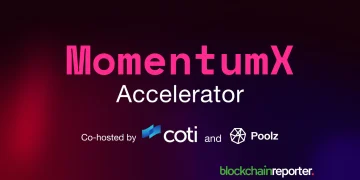The Zilliqa 2.0 whitepaper has just been released, revealing significant updates that aim to transform the network into a user-friendly, efficient blockchain. These enhancements position Zilliqa as a formidable force in the Web3 domain.
The introduction of X-shards represents a pivotal upgrade in Zilliqa’s sharding technology. This new structure allows for customizable blockchain instances that cater to specific user and application needs. X-shards can adapt their native tokens, transaction costs, privacy settings, and consensus models, ensuring flexibility and interoperability within the ecosystem.
Zilliareve 2.0 transitions from a Proof-of-Work to a Proof-of-Stake (PoS) consensus mechanism, enhancing transaction speed and reducing energy consumption. This shift promises a 30x improvement in block times and a 10x increase in transaction finality speed over the previous system, making Zilliqa more sustainable and efficient.
Enhanced Cross-Chain Communication
With native EVM compatibility and a new Universal Cross-Chain Broker, Zilliqa 2.0 enhances its interoperability with other blockchain networks. This feature facilitates seamless transactions and integrations across platforms, promoting a more connected and accessible blockchain ecosystem.
Zilliareve 2.0 introduces smart accounts, which simplify interactions with the blockchain. These accounts support advanced features like social media sign-ins, alternative gas payment options, and safeguards against incorrect transfers, making blockchain as user-friendly as traditional web services.
The new light clients in Zilliareve 2.0 allow users to engage with the blockchain without storing its entire history, enabling secure and decentralized applications on mobile and lightweight devices. This feature is crucial for enhancing user autonomy and network decentralization.
The updated tokenomics of Zilliareve 2.0 aims to ensure the longevity and stability of the ZIL token. Reward distribution and inflation control adjustments are designed to provide a sustainable economic model that benefits validators and users alike.























